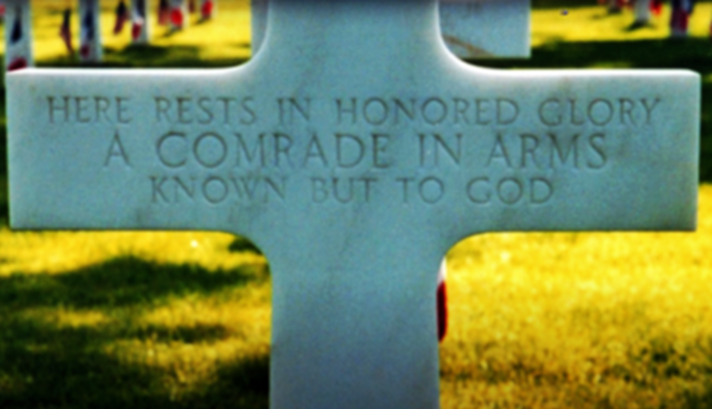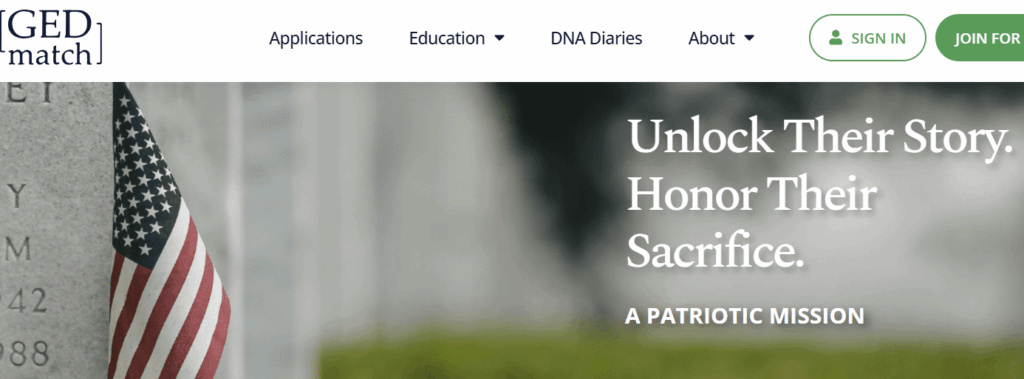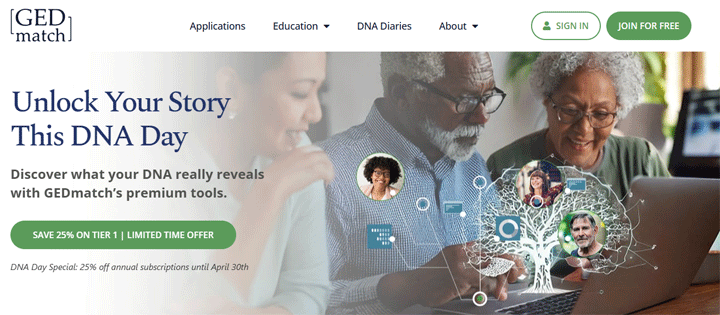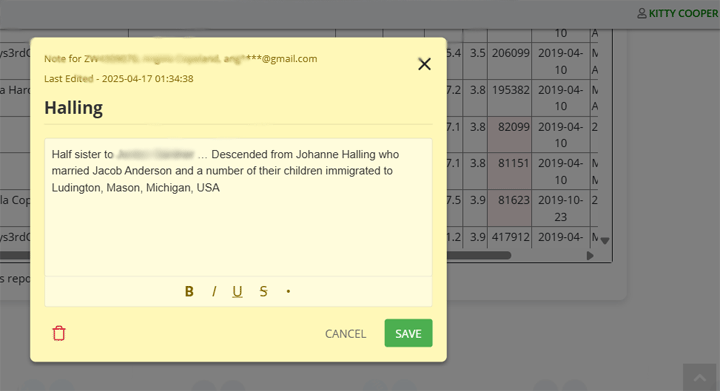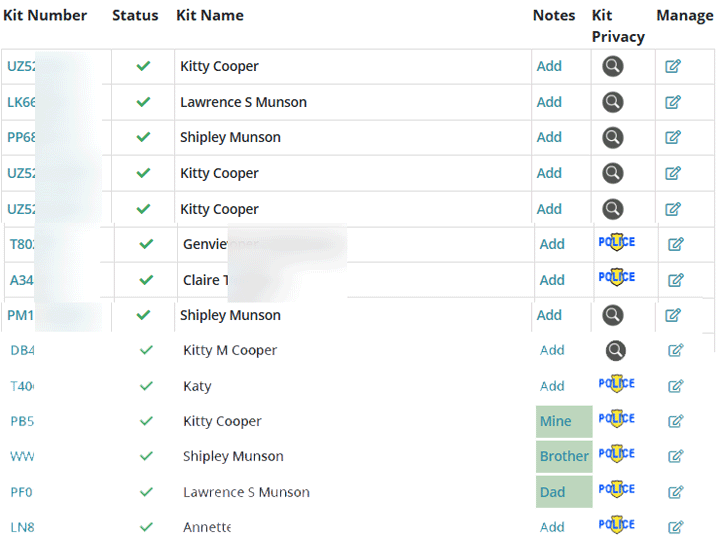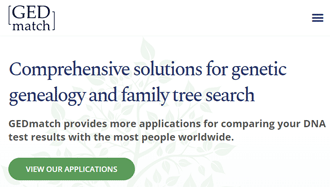Mystery and crime are among my favorite leisure reading genres; you might well call that a busman’s holiday. I have watched the evolution of DNA mentions in that literature with great interest. From simple “does the DNA match” to more advanced concepts like contact DNA in the gun residue test (from Michael Connelly‘s most recent Lincoln Lawyer book).
The other day I was enjoying a play at TheaterWorks in Hartford when a discovery made at 23andme was mentioned. Sorry if that is a bit of a spoiler. It is a superb three person play called Fever Dreams, by Jeffrey Lieber, co-creator of the television series LOST. I recommend it highly.

But the most amazing reference to DNA came when one of my favorite writers, J.A.Jance, mentioned a site I use regularly, GEDmatch.com, in a recent novel. That is a site used primarily by serious genetic genealogists, thus not one I would expect an author to know about.
Now I am on the lookout for more of these advanced DNA mentions in literature. Feel free to add yours to the comments below. Here is the J.A.Jance quote from Den of Iniquity page 200 (Note, the names are all made up so there are no privacy violations when quoting fiction!):
“The DNA profile obtained from Caroline Richards led to a woman who was born in Princeton, New Jersey, on April 12, 1977. Her birth name was Patricia Ann Bledsoe. She was the daughter of a Princeton philosophy professor named Arnold Bledsoe and a stay-at-home mom named Lila Anderson Bledsoe. Her sister, Marisa Bledsoe Young, who was three years younger than Patricia, aka Phyllis Baylor, entered her own DNA into NamUs and also in GEDmatch two years ago in an effort to locate her long-lost sister as well as Patricia’s daughter, Serena, aka Lindsey Baylor, both of whom disappeared without a trace in 2002.”
In case you have not heard of NamUs here how that book describes it:
“… a national database of missing persons. Individuals as well as law enforcement are able to post entries including names, dental records, and DNA profiles. They’re also able to do their own online searches. A similar organization in the private sector is the nonprofit DNA Doe Project, which focuses on human remains that may have gone unidentified for decades.”
Wow, a mention of the DNA Doe Project as well!
Here is another J.A. Jance quote from Blessing of the Lost Girls, Pp 98-99:
‘When cops find DNA at a crime scene, once they have a profile, they run it through CODIS—the Combined DNA Index System—a national database that includes DNA of all kinds of people, including ones arrested for and convicted of violent crimes. The Golden State Killer was a rapist and murderer who operated in California for decades. Cops had his DNA but his profile wasn’t in CODIS. Then they asked for help from a genealogist who went to the public databases . . .” “Like Ancestry.com?” Deb asked. “Yes, sites similar to that one,” Jenny agreed. “She located a familial match, a partial match, to a distant relative who had submitted his DNA just to trace his own roots. Once she found that first relative, she was able to go back and create a family tree that finally, generations later, led to the killer. Some jurisdictions call it genetic genealogy while others call it forensic genealogy. Both work.” “Wait,” Deb said. “Are you saying, if the cops have the DNA of the guy who attacked me, they might be able to do that kind of family search to locate him?” “I am,” Jenny said. “And he might be the same guy who killed that other girl?”
Jance explains the use of forensic genealogy extremely well. For more about DNA and law enforcement plus more about Barbara Rae-Venter, the genealogist who uncovered the identity of the Golden State Killer, click here for my post titled DNA and Law Enforcement
UPDATE 25-Apr-2025: Also there are many mysteries from Nathan Goodwin which include genetic genealogy see https://blog.kittycooper.com/2023/01/genetic-genealogy-fiction/
Disclaimer: All book references use my affiliate links to Amazon
